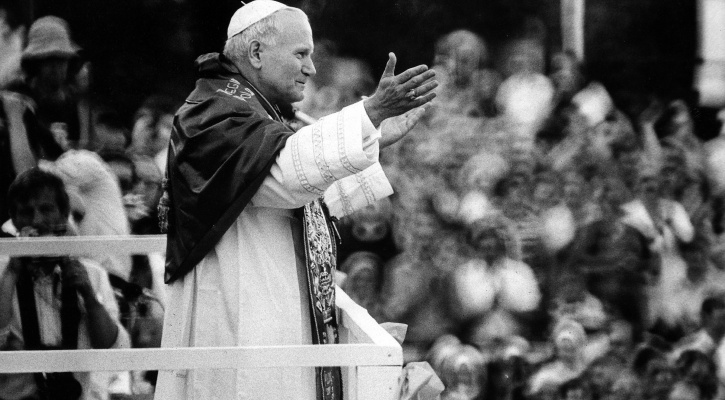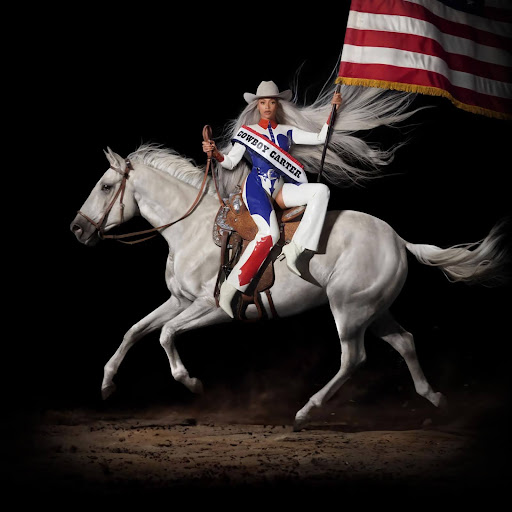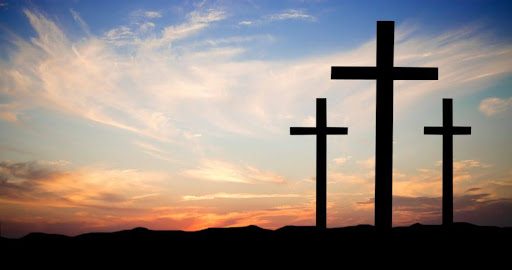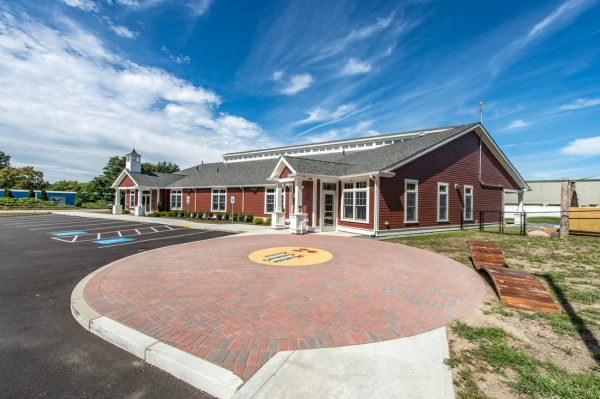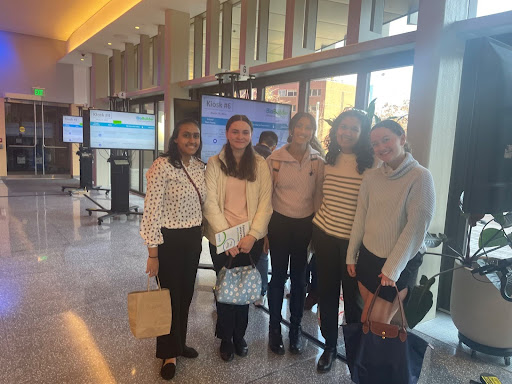St. Pope John Paul II: The Rise and Reign of a Powerful Pope in Troubled Times
Contributing writer Ava Ryan ’23 examines the life of Pope John Paul II.
October 22 is the feast day of a very popular saint, Saint Pope John Paul ll. As a powerful unifier of the Catholic Church during controversial and difficult times, many Catholics recognize his significance in the history of the church. We can learn a lot from the life of this pope, one filled with adventure and tragedy, about how to live our lives with meaning amidst hardship.
St. Pope John Paul II was born on May 18, 1920 in Poland with the name of Karol Josef Wojtyla. Karol grew up Catholic with his brother and parents in Wadowice, a relatively free town with little anti-Semitism, although they lived around fifteen miles from a future Nazi death camp. His mother passed away when he was only eight years old.
After graduating high school, Karol moved with his father to Krakow, where he studied at Jagiellonian University. His studies there ended abruptly when the German Nazis invaded Poland to destroy not only the Jews but also those with Polish culture. He and his father fled, but they returned quickly as they realized that the Russians had also invaded Poland. For the following four years, he worked in a factory, a chemical firm deemed important by the Nazis, in order to avoid arrest and deportation, making him the only modern pope to have been a laborer.
During these rough times, Karol kept himself amused by writing nationalistic plays. He joined an underground theatre resistance group which aimed to sustain Polish culture. When he returned from work one day, he found that his father had passed away. Through the influence of his childhood confessor and the leader of his church’s youth ministry group, Karol decided to enter the priesthood. For the next two years, he illegally attended the seminary run by Krakow’s cardinal archbishop to take classes while still working. After barely escaping a Nazi draft of young men, he spent the rest of the war disguised as a cleric in the palace of the archbishop.
Ordained in 1946, he studied in Rome for two years, where he received his doctorate of theology of St. John of the Cross. He joined St. Florian’s Parish and received his second doctorate while also teaching at the university he had attended. He daringly and continually celebrated Mass out in the open against the Soviet government restrictions. Church leaders, duly impressed by his ability, appointed him auxiliary bishop of Krakow. Not too soon after, Pope Paul VI named him archbishop of Krakow and then a cardinal. Then, Pope Paul VI passed away, and Pope John Paul I took his place but unexpectedly passed away only thirty-three days later. Karol was elected pope and took the name John Paul II, making him the first non-Italian pope in about four hundred years.
While pope, he traveled all around the world. His goal was merely unifying the Catholic Church and strengthening its moral authority. In 1981, he was shot by a young Turkish man outside the Vatican and unbelievably survived. He visited his shooter in prison and publicly forgave him, saying that since he had been shot on the Feast of the Virgin of Fatima, she had guided the bullets away from his vital organs. In May 2000, the Vatican announced that the mysterious third message of the Virgin given to the children of Fatima was a vision of the assassination attempt on Pope John Paul II. JP II visited the shrine on the anniversary of his attempted assassination and was lunged at by an ordained priest holding a bayonet, but again he miraculously escaped death.
He passed away in 2005 after many years of suffering from Parkinson’s disease. The next pope waited the usual five years and then began review for beatification and canonization of Pope John Paul II, finding that a French nun with Parkinson’s disease was cured by a miracle performed by JP II. He was beatified on May 1 and canonized along with Pope John XXIII on April 27, 2014.
Ava Ryan ‘23, Contributing Writer
23aryan@montroseschool.org

